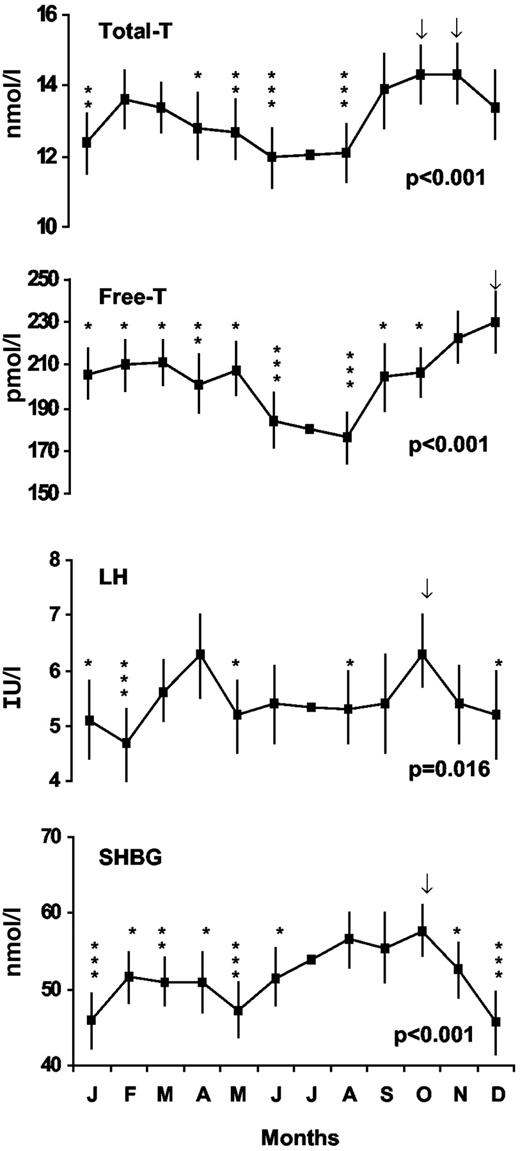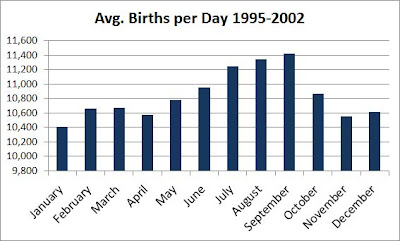David PS
Member
It looks like the month that you test your testosterone levels will have a large impact on the results. Steroid analysis [hair or (toe)nail] would average the variation over weeks or months.
 raypeatforum.com
raypeatforum.com

 academic.oup.com
academic.oup.com

IdeaLabs Service - Steroid Analysis (hair and/or (toe)nail)
Note (5/27/2022): This launch is Part I of a two-part service - steroid analysis in hair or nails. While we have confirmed our ability to analyze steroids in both types of samples, nail steroid analysis is still in its scientific infancy and there are very few publications on the topic. As such...

Seasonal Variation of Testosterone and Waist to Hip Ratio in Men: The Tromsø Study
Studies of seasonal variation in male testosterone levels show contradictory results. We report here a cross-sectional study of the seasonal variation in total
Studies of seasonal variation in male testosterone levels show contradictory results. We report here a cross-sectional study of the seasonal variation in total and free testosterone, LH, and SHBG levels in 1548 men living in north Norway, a population exposed to a wide seasonal variation in temperature and daylight. Total testosterone showed a bimodal seasonal variation (P < 0.001) with a small peak in February, the nadir in June, and a more prominent peak in October and November. Free testosterone also showed a significant seasonal pattern (P < 0.001), with the peak in December and the nadir in August. These patterns persisted after adjusting for age and waist to hip ratio (P < 0.001).
Lowest testosterone levels occurred in months with the highest temperatures and longest hours of daylight. Waist to hip ratio paralleled the change in daylight and temperature, with the highest values during the summer and was thus inversely related to the seasonal testosterone variation.
The variations in hormone levels were large, with a 31% difference between the lowest and highest monthly mean level of free testosterone. Prospective studies are needed to establish the direction of the association and its etiology.

